Dr Philippa Ryan, Department of Conservation and Scientific Research, The British Museum, Principal Investigator
Professor Katherine Homewood, Department of Anthropology, UCL, Co-Investigator
Nubian agricultural practices are rapidly changing due to infrastructure development, technological and environmental changes. Our project explores how comparisons of present-day and ancient crop choices can inform on risk management within agricultural strategies of small-scale riparian Nile village settlements. Research is focused on present-day Ernetta island (620km north of Khartoum) and nearby 2nd millennium BC Amara West, which was also located on an island during its occupation. Today, as in the past, islands are important due to their agricultural potential. 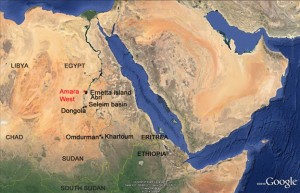 Compared to further north in Egypt, there are fewer areas of wide floodplain suitable to traditional floodplain agriculture in the Middle Nile Valley.
Compared to further north in Egypt, there are fewer areas of wide floodplain suitable to traditional floodplain agriculture in the Middle Nile Valley.
We have been interviewing Nubian farmers to investigate the characteristics of customary agriculture and in what ways these have been impacted by new farming methods, population movements, dam and road-building – as well as changing patterns of imports and trade. Interviews were undertaken in February and March of this year, and have so far focused on the car- and electricity-free island Ernetta. Several farmers we met were over 80 years old and we have begun to outline several phases of change in crops grown over the last century. Key agents of change have included the introduction of new crops, the shift in irrigation techniques from the water wheel to water pumps (1950s-1970s) and the impact of bird attacks on certain crops.
We have been finding out about customary harvesting, threshing, storage and food preparation practices as well as about land-use and irrigation. We discussed what animals people keep, how this has changed and foddering/grazing practices. Despite the changes, some practices have remained relatively traditional till very recently. For instance, harvesting is still done by hand, and a threshing machine was only introduced to the island in the mid-2000s. There seems to be shifts in farming approaches amongst the older and younger generations of farmers, with a potential loss in knowledge about how particular crops have been used in the past. We are examining our evidence for temporal changes alongside ethnographic and historical sources. For comparative purposes, we are also carrying out interviews in nearby river-bank farms, as well as in other locations in northern Sudan.
The ancient town of Amara West was also originally situated on an island like Ernetta. Geomorphological evidence suggests a river channel north of the site drying during the site occupation, which would have exposed the settlement and agricultural fields to encroaching sands. (Find the complete report here.) The town has well-preserved architectural phases, together with associated plant remains, spanning this timeframe. (For further information, click here.)
Charred seeds are providing information about a wide range of taxa, whilst phytoliths (opaline silica casts of plant cells) preserve information about plant parts that rarely survive charring. We are studying the plant remains to investigate whether or not the increased localised aridity impacted agricultural and plant-use strategies. Little is published or known about agricultural practices prior to the 1st Millennium BC, and the evidence from Amara West is providing new information about crops grown for the 2nd millennium BC.
The subsistence information from the Amara West and the farmer interviews will be situated within a long temporal review of crop choices in the region. Crop diversification is one way of managing agricultural risk given that using a number of cereals and pulses with different growing tolerances (such as to heat or water stress) helps to buffer against crop failure. This includes reviewing archaeobotanical literature for ancient plant use as well as twentieth Century sources to better understand more recent changes. Combining the ethnographic and archaeological record aims to establish firstly which of today’s crops have a particularly long established history in the region, and secondly whether some of these are being grown less in recent decades.
For instance, hulled barley is found in abundant quantities at Amara West and was grown as a food cereal until the mid-twentieth century but is now grown mostly by older farmers, and only for animal fodder or for making a drink thought to have medicinal properties. This study aims to create a long-term perspective of adaptive solutions and how these are relevant to the future, and aims to record and promote local knowledge of sustainable natural resource exploitation.
Research and fieldwork at Amara West is made possible with the permission of the National Corporation of Antiquities & Museums (Sudan).
Project website

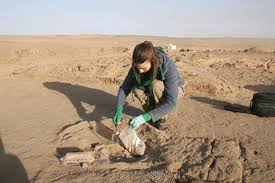
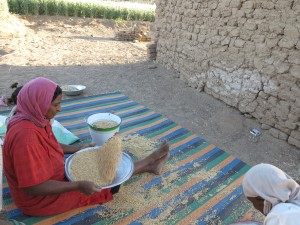
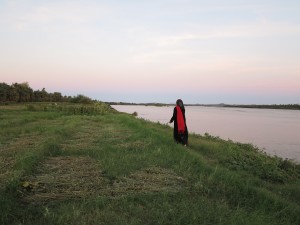
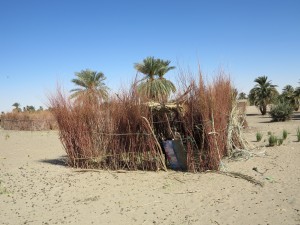

Pingback: Amara West 2015, week 2: pyramid(s), garden plots, old fish and farming | Amara West project blog